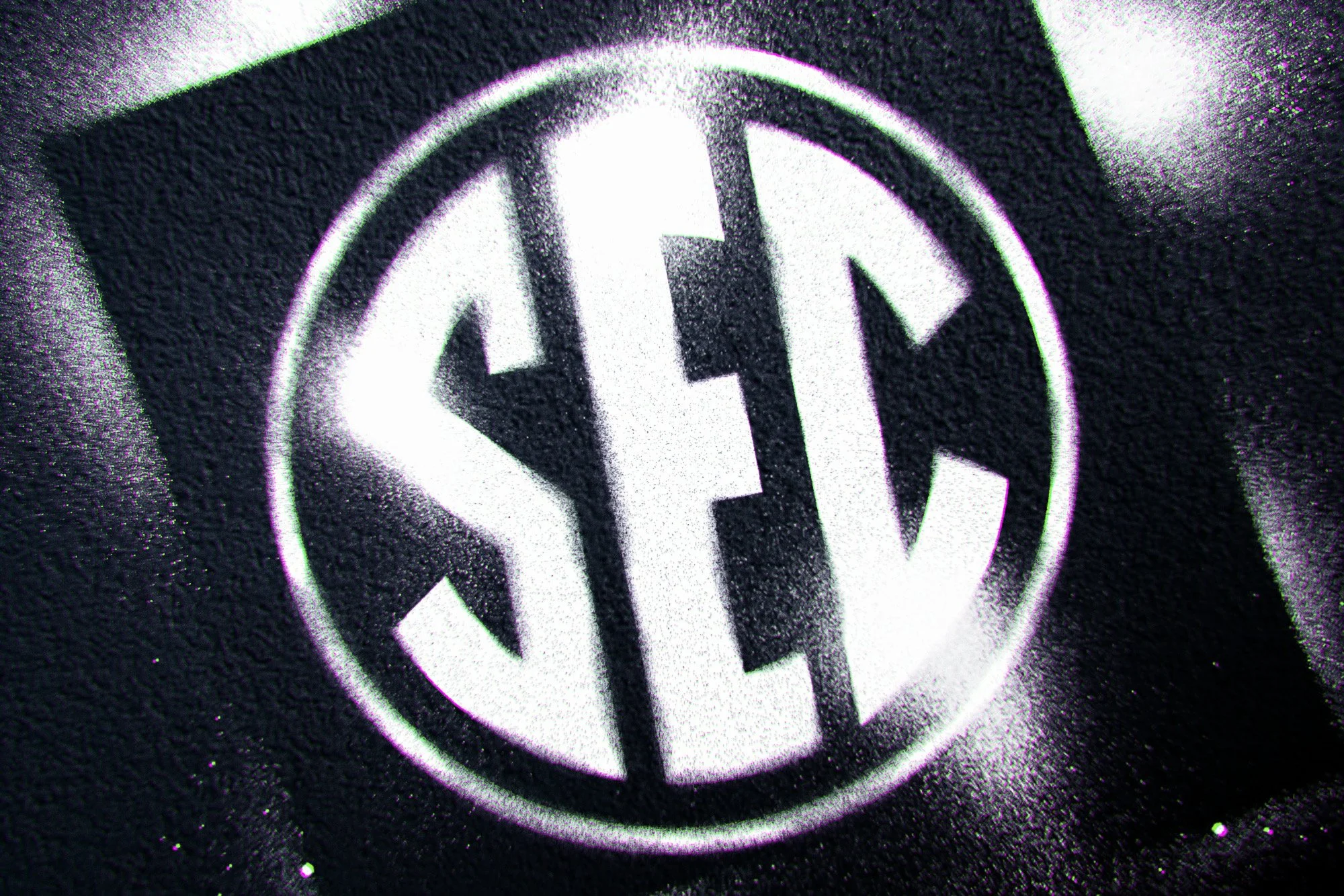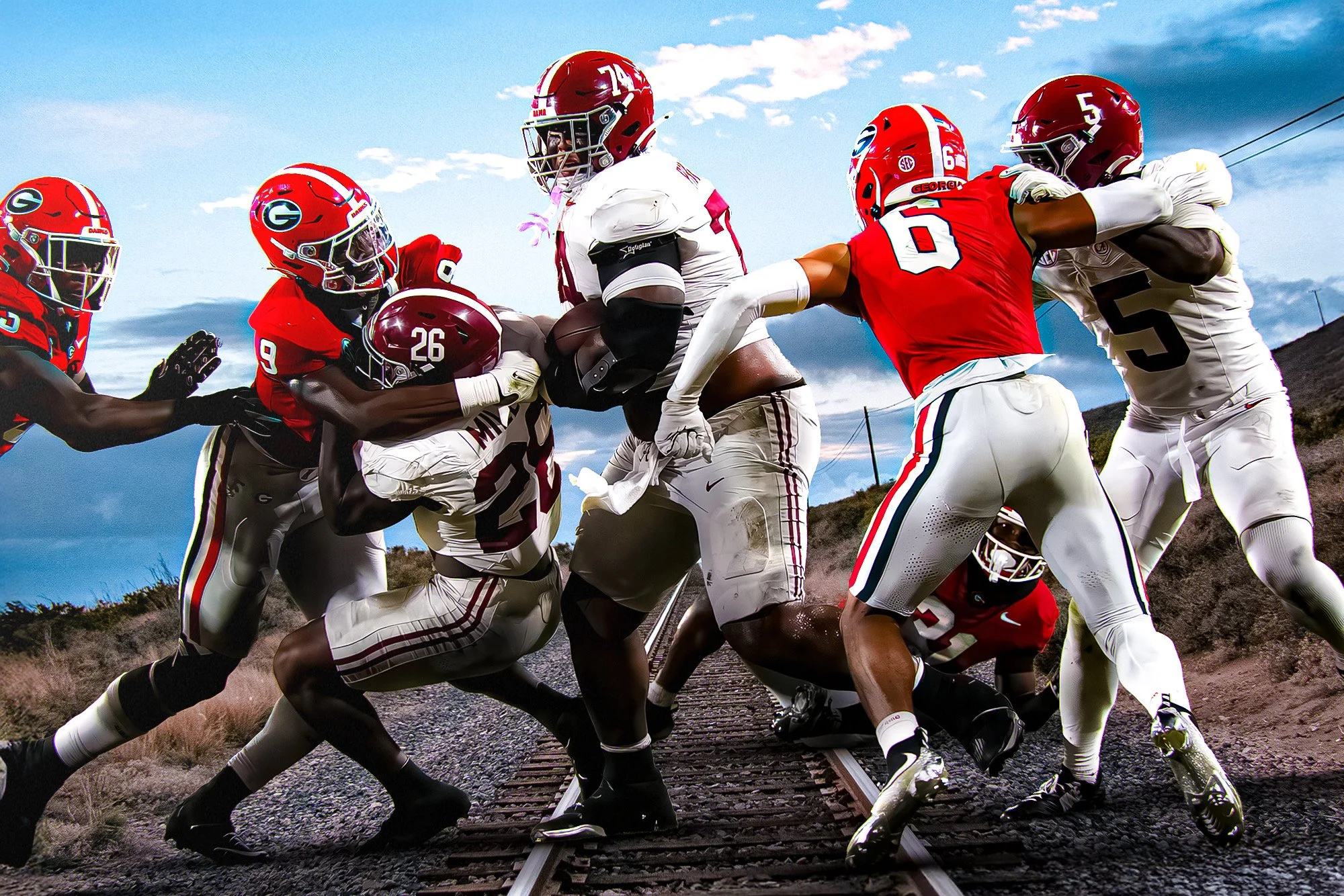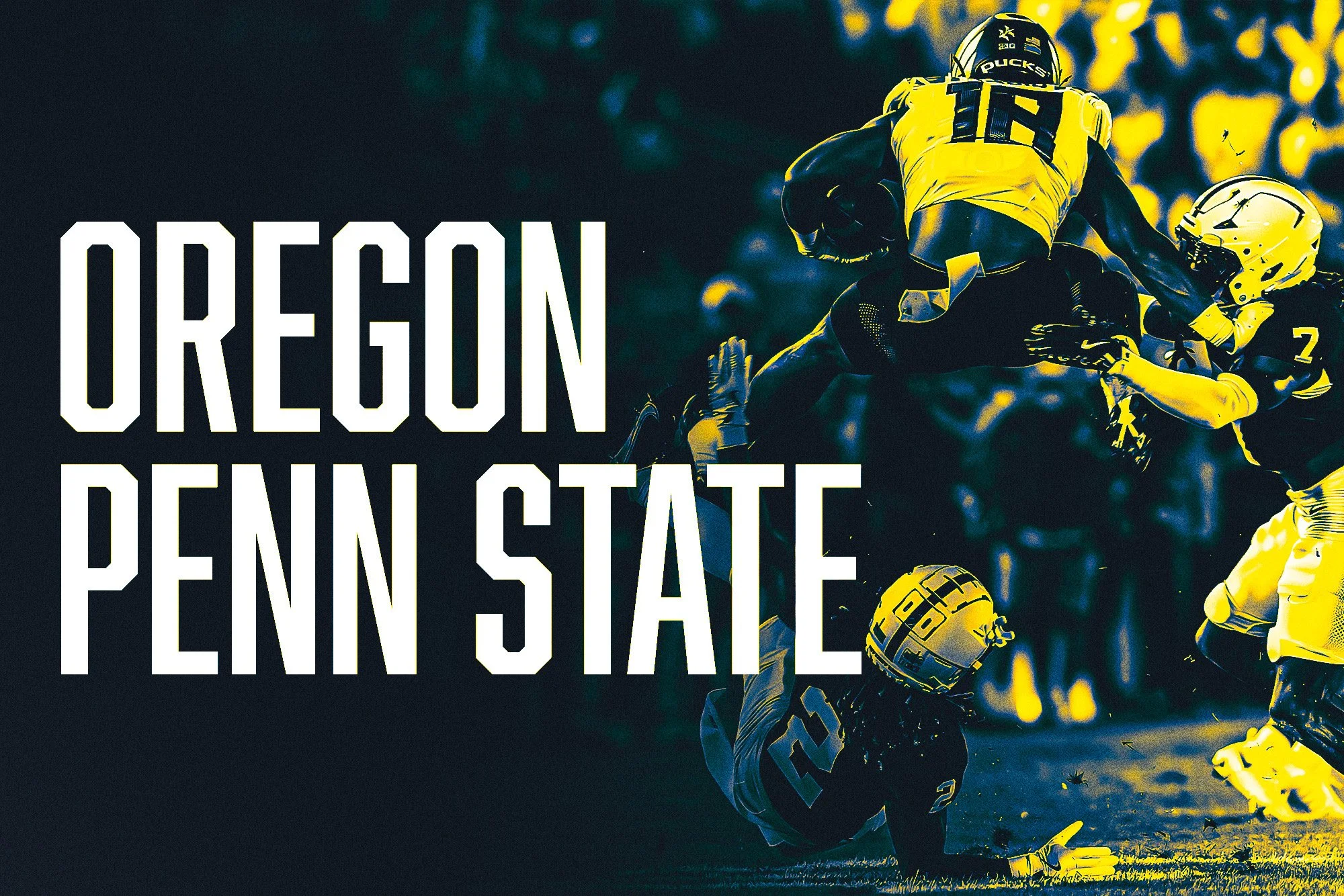THE SEC HATES IT’S FANS: THE HEFTY PRICE OF A FIELD RUSH
Matti Tenney - September 11, 2025
College football without field rushing is like a left hand turn, it just ain’t right. Some of the greatest moments in CFB history have ended with fans pouring onto the field.
The Kick-Six had AJ McCarron crying to his Auburn girlfriend as Tiger fans flooded the turf.
Tennessee’s upset over Alabama in 2022 produced maybe the greatest rush ever, with Neyland Stadium emptying out in a sea of orange and goalposts winding up in the Tennessee River. Field rushing isn’t just a tradition, it’s engrained in the culture. You’re reading this on thefieldrush after all. But earlier this year, the SEC announced a change to its policy: instead of escalating fines, schools now face a flat $500,000 penalty every time fans rush the field.
The stated goal is safety, keeping visiting players, coaches, and officials from getting caught in a storm of students after an upset. SEC Commissioner Greg Sankey insists this isn’t meant to kill the tradition entirely, suggesting a “delayed field rush” where fans wait until the opposing team exits. But really, what’s the point? Schools aren’t struggling to pay these fines. Last year, the SEC distributed $52.6 million to each member school.
Even if a team stormed the field six times a season, the fines would barely scratch conference revenue at $3 million. Arch Manning’s rumored NIL package alone is nearly $7 million. That’s more than double a season’s worth of field-rushing penalties. This money is chump change.
So why change the system? Whether the fine is $100,000, $250,000, or $500,000, schools are going to pay it, and fans are going to rush anyway. If anything, a flat fine feels like an “up yours” to fans, and one that might encourage rushing even more. In trying to fix a non-issue, the SEC risks inflaming it. Goalposts will still end up in rivers. Trash talk will fly. Feelings will be hurt. That’s the point.
Now, to be clear, the SEC doesn’t hate its fans. No conference has more loyal, rowdy supporters. But the move, and the publicity around it, makes the league look like the bad guy. Maybe that’s intentional. With the Big Ten gaining ground in the national conversation, the SEC could be leaning into controversy to keep eyes on its product.
Last year, 13 of the 16 SEC teams made bowl games, three reached the College Football Playoff. Tennessee and Texas were knocked out by eventual champion Ohio State, while Notre Dame cashed in the Luck of the Irish against Georgia. The numbers don’t lie: from the 2010s to the 2020s, the SEC’s winning percentage against the Big Ten has dropped from 63% to 54.8%. Already this season, Ohio State beat Texas again,
Florida State stunned Alabama, and USF cracked the Top 20 after taking down Florida. The SEC’s dominance isn’t as bulletproof as it once was.
And that’s why fans matter more than ever. Keeping the energy alive starts with the people in the stands. Anger them, and the frustration spreads to the wider fan base. Embrace them, and the SEC remains the heartbeat of college football.
YOU MIGHT ALSO LIKE





New evidence shows Kyren Lacy was not responsible for the fatal crash that led to charges against him. His case highlights serious flaws in the investigation and raises questions about why the truth was not revealed sooner.